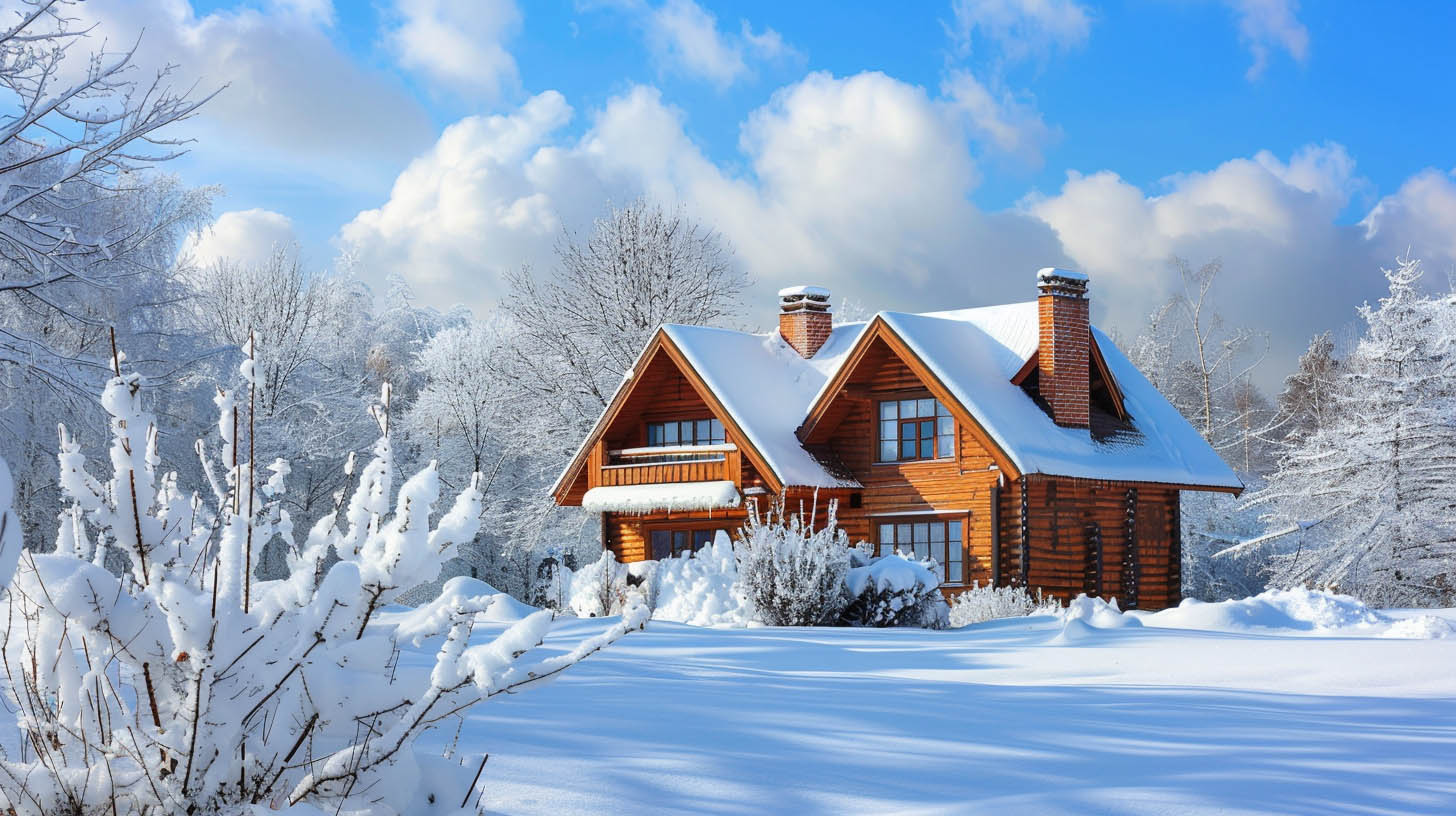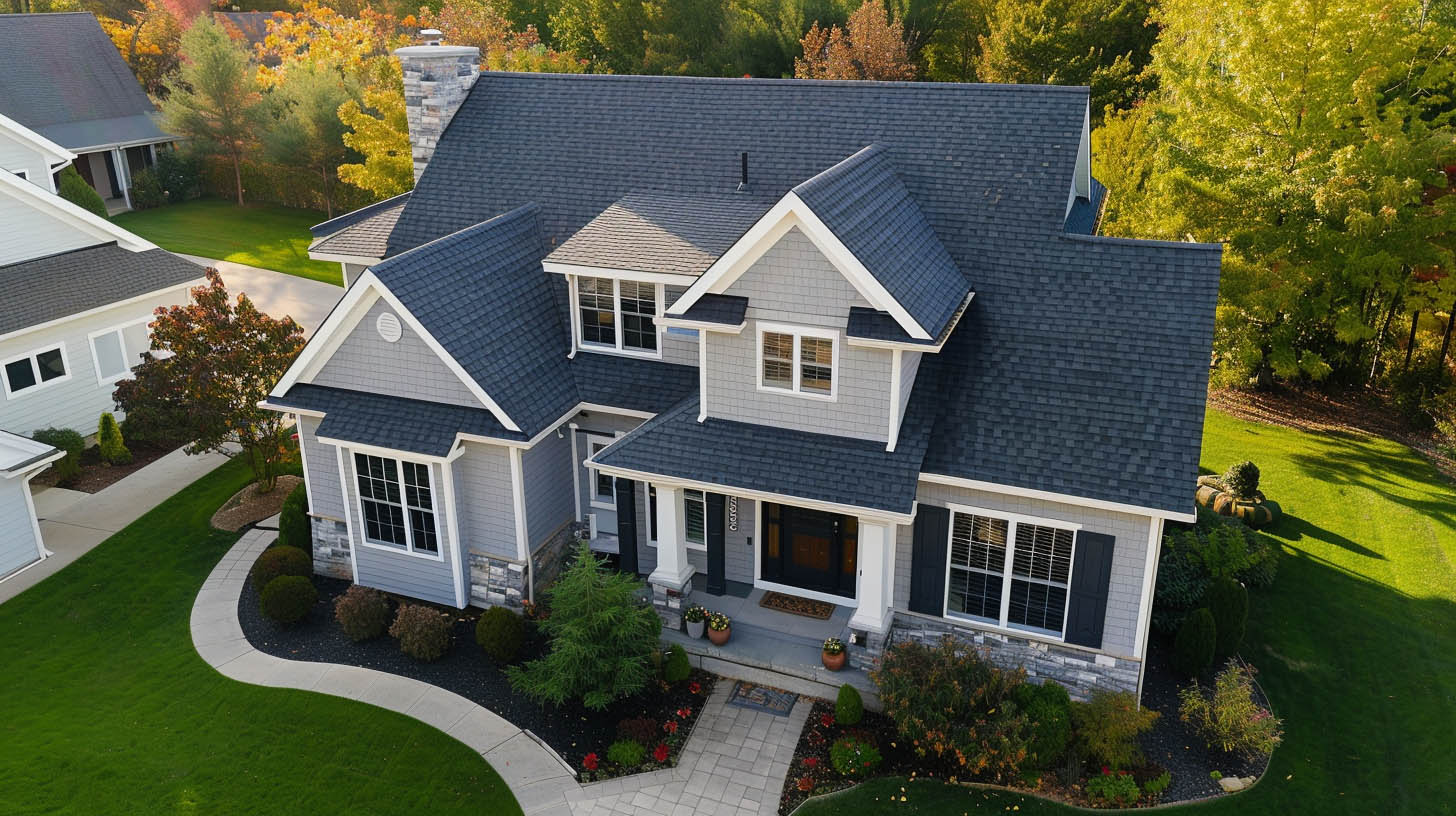
Structural Stress and Potential Collapse
The weight of accumulated snow can exert considerable stress on your roof’s structure. Different roofs have varying weight-bearing capacities, and excessive snow buildup can push these limits. Wet snow is especially heavy, with just a foot of wet snow potentially weighing as much as 60 pounds per square foot. This undue stress can lead to sagging roofs, structural damage, or in extreme cases, collapse. Regular monitoring and removal of excess snow are crucial steps in preventing these dire outcomes.Ice Dams: A Hidden Menace
Ice dams form when the heat from your attic melts the snow on your roof, causing water to trickle down and refreeze at the roof’s edge. This cycle creates a barrier that traps water on the roof, leading to leaks and water damage inside your home. The insidious nature of ice dams can cause significant damage before they are even noticed, making it essential to address the root causes, such as inadequate attic insulation and poor roof ventilation.The Threat to Gutters and Downspouts
Snow accumulation can also endanger your gutter system. The weight of the snow and ice can pull gutters away from the roofline or cause them to sag and break. Compromised gutters disrupt the proper drainage of melting snow and rainwater, increasing the risk of water infiltration into your home’s foundation and basement. Ensuring your gutters are clear and securely attached is a simple yet effective measure against these issues.Preventing Ventilation Issues
A snow-covered roof can block vents, hindering the airflow through your attic. Proper ventilation is critical in maintaining a consistent temperature across the roof’s surface, preventing ice dam formation and helping regulate indoor temperatures. It’s vital to keep vents clear to protect your roof’s structural integrity and promote energy efficiency within your home.Mitigating the Risks
To safeguard your home from the dangers of snow buildup on the roof, consider the following strategies:- Regular Roof Inspections: Annual or bi-annual inspections by professionals can identify potential vulnerabilities in your roof’s structure and insulation.
- Snow Removal: Employing a roof rake or hiring professionals to remove snow from your roof can prevent excessive accumulation.
- Improving Insulation and Ventilation: Enhancing your attic’s insulation and ventilation can reduce the risk of ice dams by maintaining a uniform roof temperature.
- Gutter Maintenance: Regular cleaning and maintenance of gutters and downspouts ensure proper drainage, mitigating the risk of water damage.


